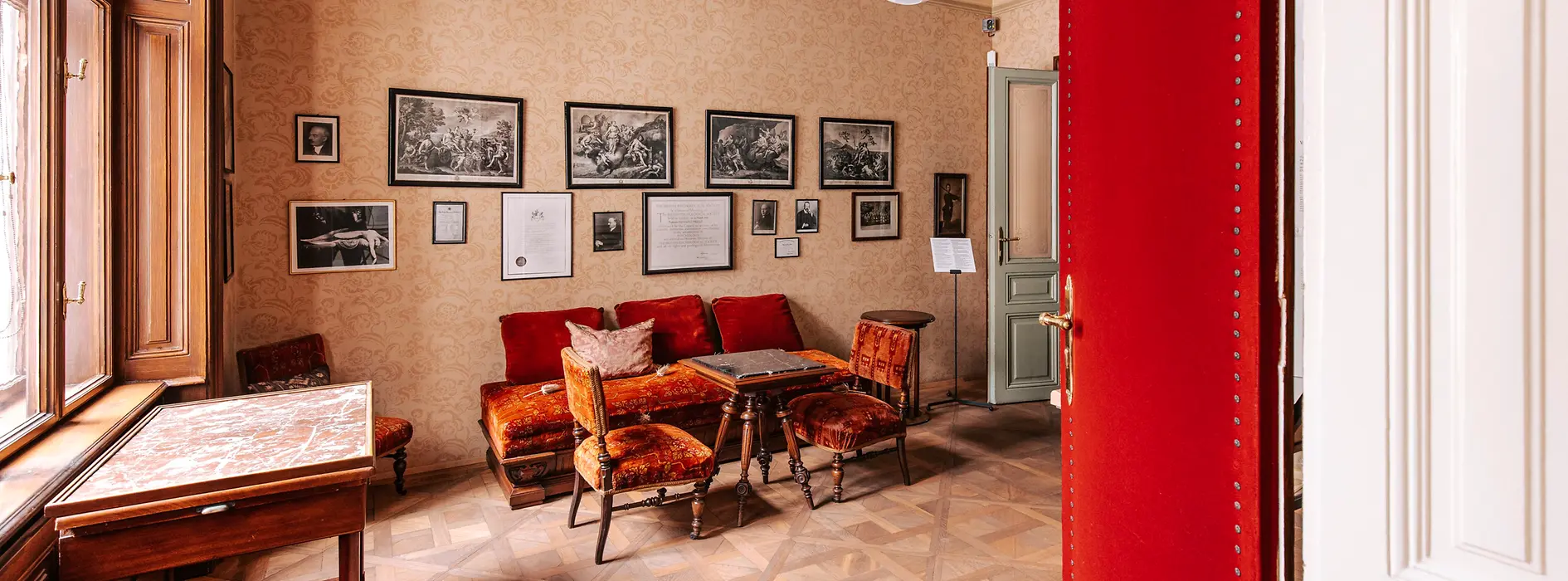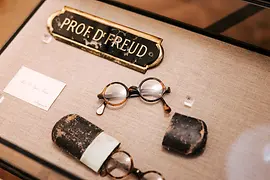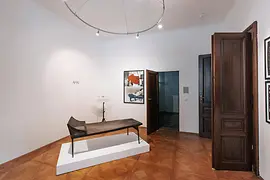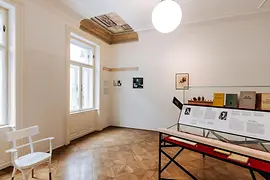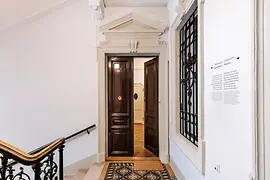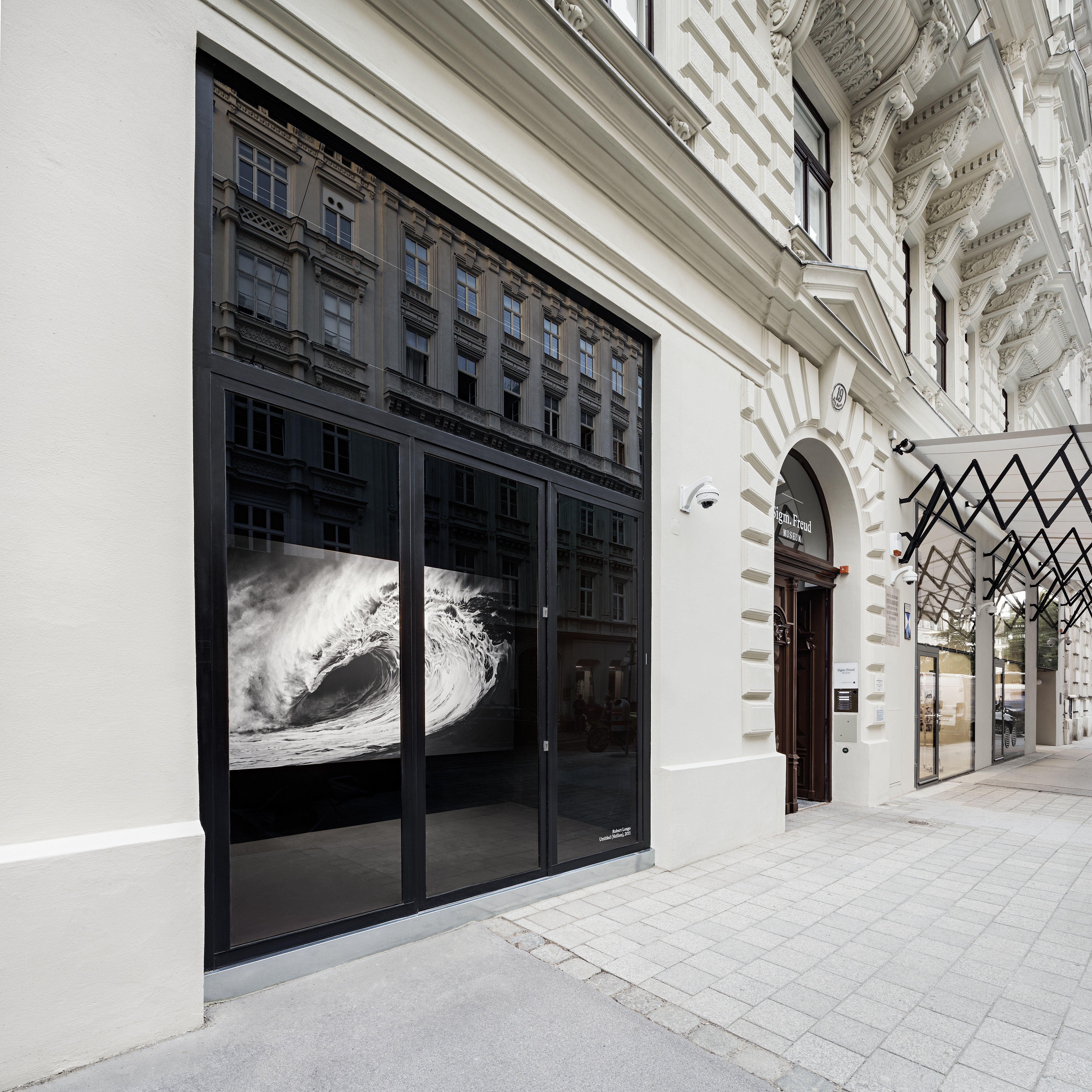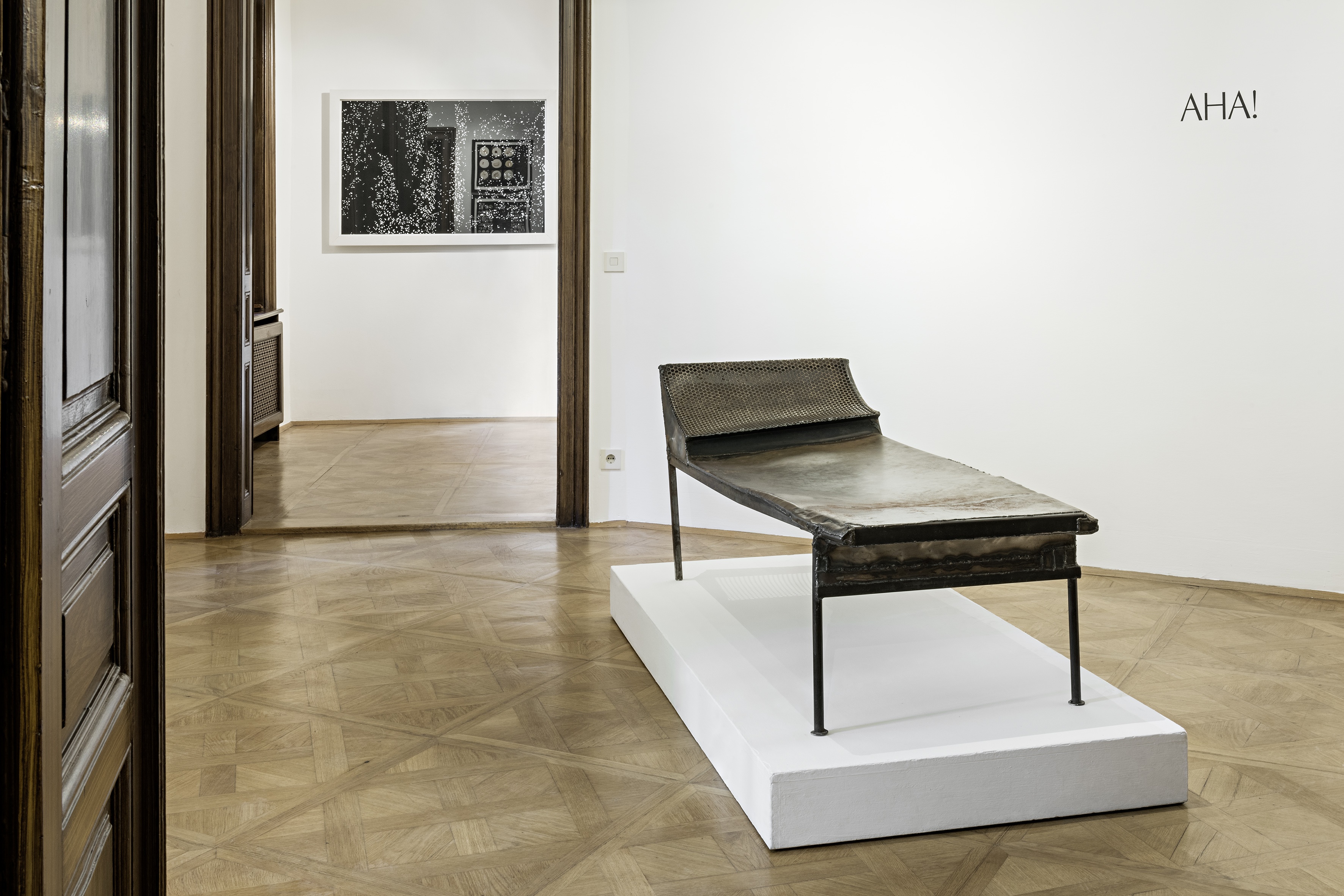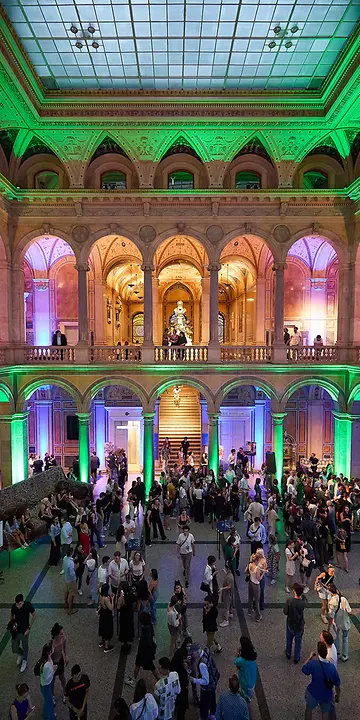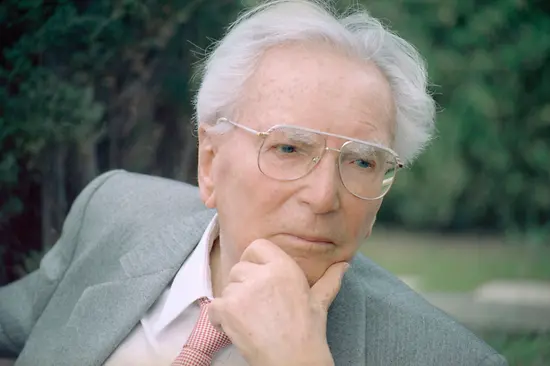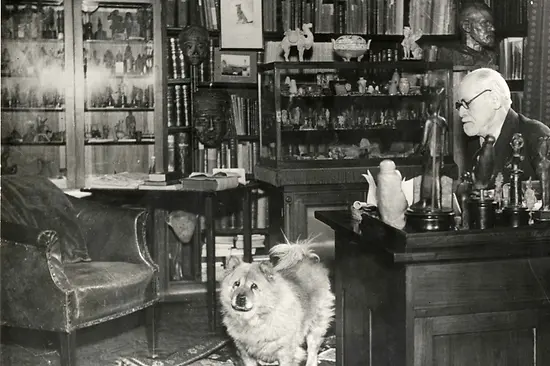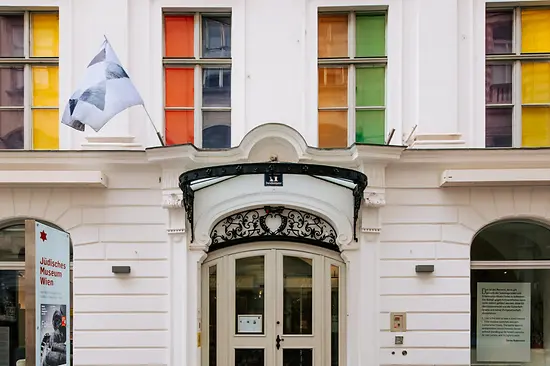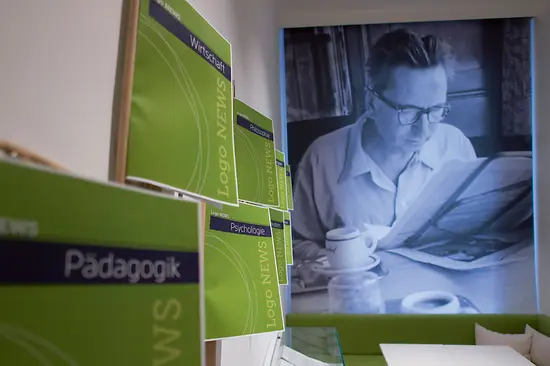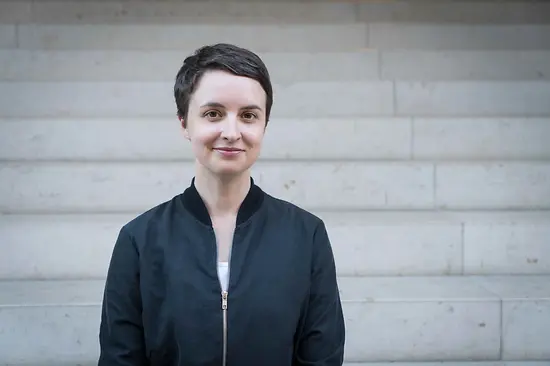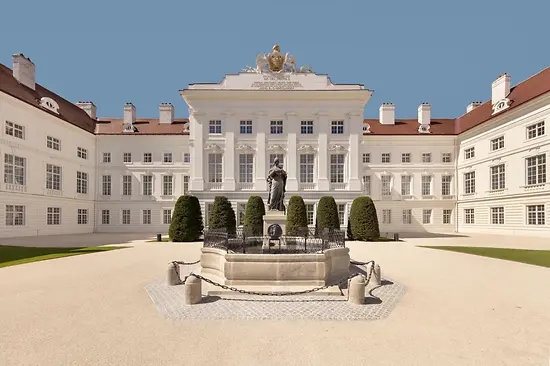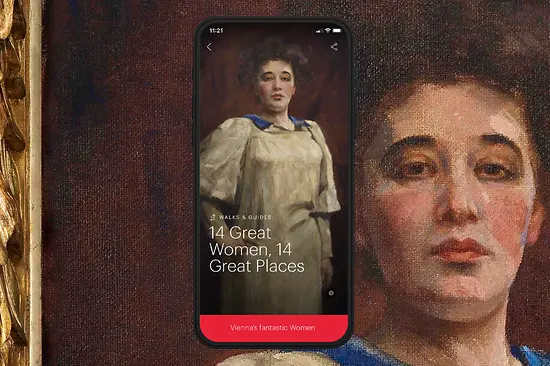Sigmund Freud Museum
Berggasse 19, Vienna, Alsergrund. If you're on the trail of Sigmund Freud, you'll come here – to the birthplace of psychoanalysis. And just like his patients did over 100 years ago, you'll also stand downstairs at the door and ring the bell on the door of the world-famous professor. The moment you step inside, it becomes clear that the Sigmund Freud Museum is no ordinary memorial site. It is a place that preserves Freud's spirit to this day. But it also serves as a warning about the loss of culture and humanity under the terror regime of National Socialism.
Display alternative text
Video about Sigmund Freud and his museum in Berggasse 19.
Sigmund Freud lived and worked in this classic Viennese tenement block built at the height of the Gründerzeit for almost half a century, from 1891 to 1938. The family moved constantly between different floors during these years. His great works ("The Interpretation of Dreams", "Five Lectures on Psychoanalysis", "The Ego and the Id" and many others) were created here. It was right here, in the waiting room of his surgery, that his famous psychological Wednesday meetings (the first psychoanalytical working group) took place. Berggasse 19 is and remains Sigmund Freud's home and legacy. After the annexation of Austria to Nazi Germany, Freud had to flee in June 1938 and spent the last year of his life in London. Severely ill with cancer, he took his own life with an overdose of morphine, assisted by a doctor he had become friends with. Freud was 83 years old.
Sigmund Freud Museum 2.0
The museum was reopened in 2020 after extensive modernization work. All of Freud’s private rooms will be made accessible to the public for the first time since the museum was opened in 1971. The remodeling has seen the exhibition area almost double in size. The great psychoanalyst can be experienced as never before on an area of approx. 550 m².
The foyer is the starting point of the visit: it accommodates the ticket desk as well as the museum shop and a café. Freud’s former first surgery on the intermediate storey is used to house the museum’s contemporary art collection. Once on the mezzanine, you can choose between the private rooms (left) or the surgery (right). Remember to ring the bell! The first floor is dedicated to science: here, you'll find the "Library of Psychoanalysis" with more than 40,000 works and the Sigmund Freud Archive. The second, new stairway showcases the history of the building itself. For example, the apartments were used by the Nazis as collective apartments for Jews. A total of 79 people were housed here until their final deportation.
Giving the rooms space
The life of the Freud family is reconstructed on the basis of historic photographs and offers an insight into how the rooms were used. And it is these very rooms that a visit to the museum focuses on. The floors, the doors and doorhandles, the closet, the stairwell, the view into the planted inner courtyard. On a visit to the Sigmund Freud Museum, you'll stroll quite literally in Freud's footsteps. The original retained layout allows you to authentically experience Sigmund Freud's place of work. There’s really only one thing you won’t find here: Freud took the famous couch with him when he had to flee to London in 1938, and it is still there today. However, the couch can easily be brought back to the Freud apartment digitally: using augmented reality, it appears in front of the deliberately bare wall for visitors on their smartphone (don´t forget to scan the QR code on site!).
The permanent exhibition, art installations in the Berggasse 19 showroom and temporary exhibitions convey Freud’s multi-layered cultural heritage – they are dedicated to his life and work, the development of psychoanalysis in theory and practice and its significance for society and art. The history of the building at Berggasse 19 and the eventful destinies of all its residents from 1880 to today are brought into focus.
After the museum: Off to Café Freud
Right next door to the Sigmund Freud Museum is the cozy Café Freud, which invites you in for a visit. Inside the modern coffee house, a large mural of Sigmund Freud watches over goings-on.
Sigmund Freud Museum
1090 Vienna
-
Vienna City Card
-
Benefits of the Vienna City Card: -27%
Additional information on the offer:
Standard ticket price: 15€
-
-
Opening times
- Mo, 10:00 - 18:00
- We, 10:00 - 18:00
- Th, 10:00 - 18:00
- Fr, 10:00 - 18:00
- Sa, 10:00 - 18:00
- Su, 10:00 - 18:00
- on holidays, 10:00 - 18:00
-
Accessibility
-
Main entrance
-
no steps
(Swinging doors 90 cm wide)
Alternative access via cafe/shop
-
no steps
(Swinging doors 90 cm wide)
-
Elevator available
- Door 90 cm wide
-
Further information
- Seeing eye dogs allowed
- Wheelchair accessible restroom available.
-
Comments
Gallery above the café only accessible via the staircase.
-
Main entrance
